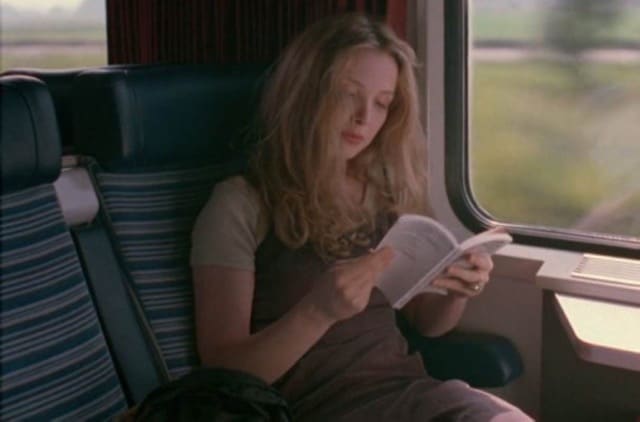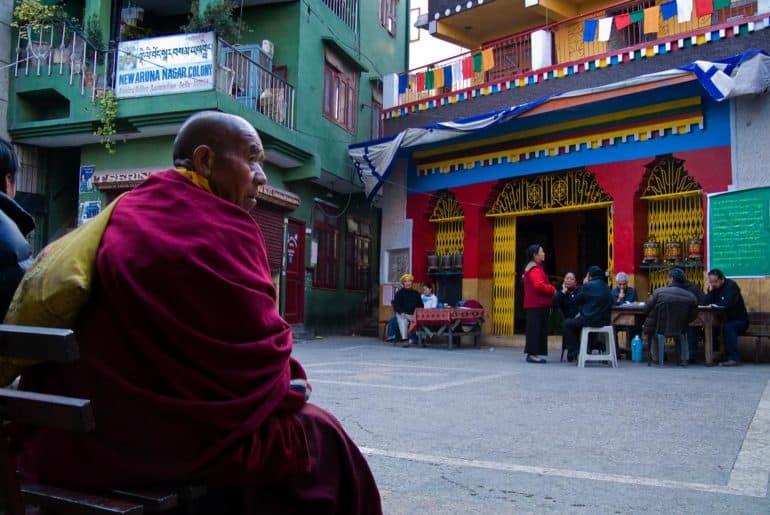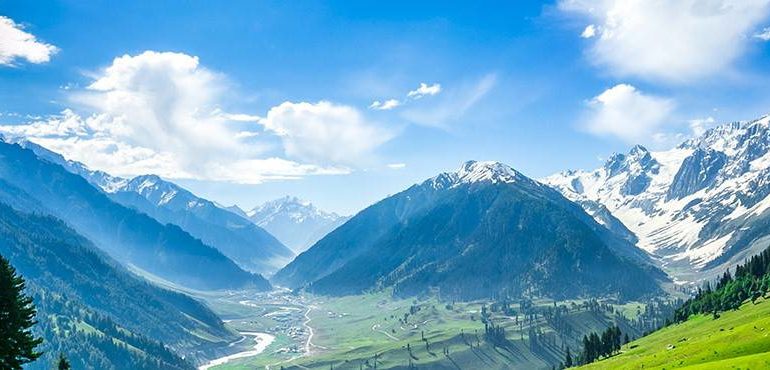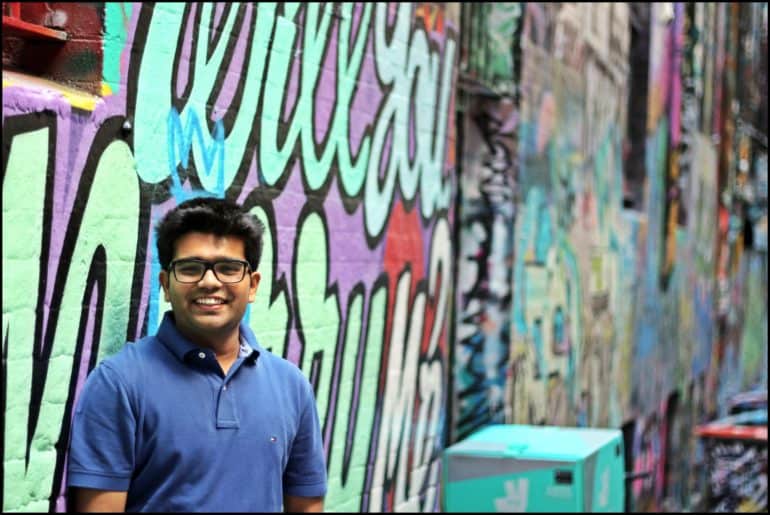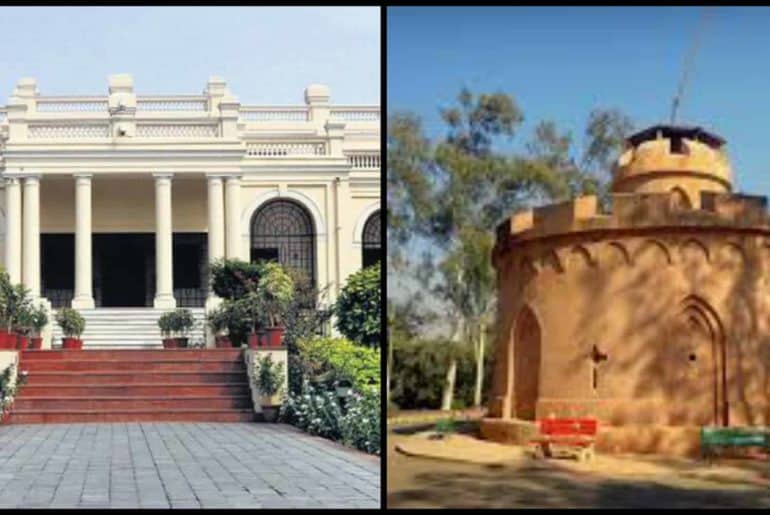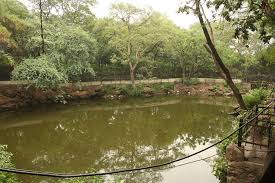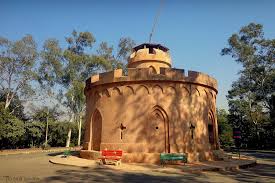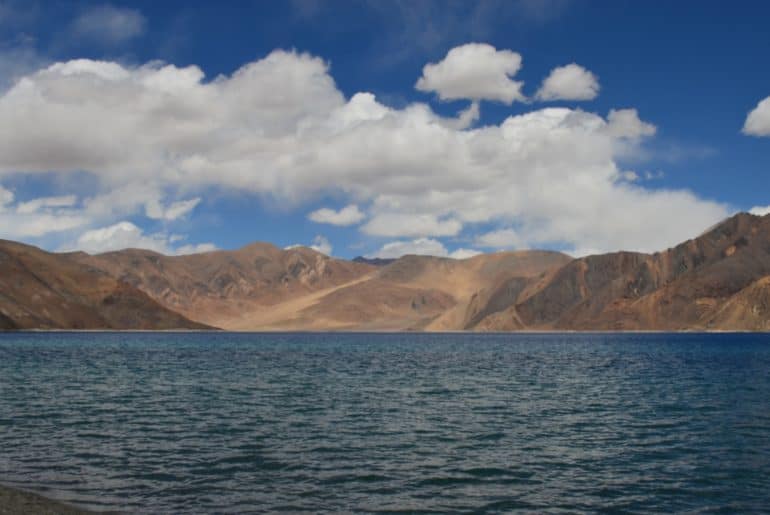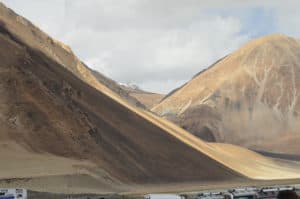Students across the country often travel by train to their hometowns and it sure is bittersweet. Here’s how I’ve come to love the experience of it.
I remember being seven and fussing over a tasteless sandwich that was given to me by the staff onboard a train to Delhi. In all the remnants of memory from that day, I recall only how much I whined about having to sit in one place for hours. Fast forwarding, the train from Delhi to my hometown this past month has given me unparalleled delight. An abundance of them has changed over the years, and my hopeless romanticism has played a big part.
After starting college, I quickly realised that the Shatabdi was going to be the most convenient form of transport to and from my city, for several reasons. I now travel through it often and thoroughly enjoy it. On travel days, I have little habits that have almost become rituals. I make sure to pack the night before in order to have a slightly less stressful morning. I wash up and get an iced latte from the café which is adjacent to my building (I know, I got super lucky). I then make my way to Connaught Place, which is really close to the railway station, for some exploring. I try to find a new bookstore each time and get my hands on a new read for my travels. If I have company, which is mostly the case, then I also make sure to find a new eatery for good lunch and a quick chat before heading out. ‘Khan Chacha’ is my current favourite for anyone wondering.
As crude as this sounds, my first instinct once I’m on the train, is to judge the passengers beside me. God forbid, if there’s a crying child or a gossip head talking on the phone, my perfectly fantasised adventure is already over. More often than not, however, I’m joined by a friend or my dad. So, this problem usually takes care of itself. The food they serve on the train to Delhi has gotten better, I must say. In fact, I’m a fan. My train mostly travels through empty farmlands and it makes for a perfect view of the sunset. That’s really the cherry on top. I want to be honest here so I’m letting it be known that I do go up to the open coach door and stand there to feel like the main character for a brief moment.
It was intriguing for me to think about how this came to be. Growing up, especially far from home, can really beat you down in some ways. Adjusting to living alone, learning how to take care of your responsibilities, and trying to find friends and a community is hard enough in itself. On top of it, focusing on academics while feeling so lost was a battle for me initially as well. But if there’s one lesson that I took from it all, it’s this: life is simply not to be taken too seriously.
Each stumble is a very tiny part of the big picture and if you give it too much thought, you might just drown in its gloom. I know there are a million movies you’ve heard this said in, but life really is about the little moments. And, this very realisation was the root of my newfound optimism. I’ve turned my perspective around and now try to find a silver lining in every scenario and search for joy everywhere. So, do I pretend to be a mysterious character from a vintage film while on the train? Yes. Is that a tad bit delusional? Yes. But, has it made my life significantly better? Absolutely.
It’s also interesting how much gleeful thinking I get done on the train. While coming home after a semester, I reflect and reminisce about what the last few months were like and feel gratitude. When going back to Delhi, I plan all the ways I’m going to do better than ever before. And I feel hope.
I wish to always remember feeling this way. So full of all this dramatisation. Oh, how I’m going to miss being a romantic when I’m old. Although it’s in me so intrinsically, I don’t think it’ll go away. I mean, I just wrote at length about what it is like to sit on a train.
Feature image credits: Pinterest
Read Also: The Romanticism of Mental Health
Arshiya Pathaniya

